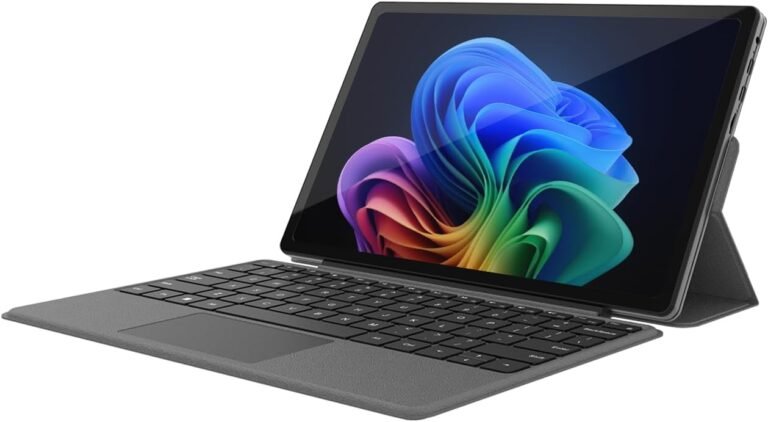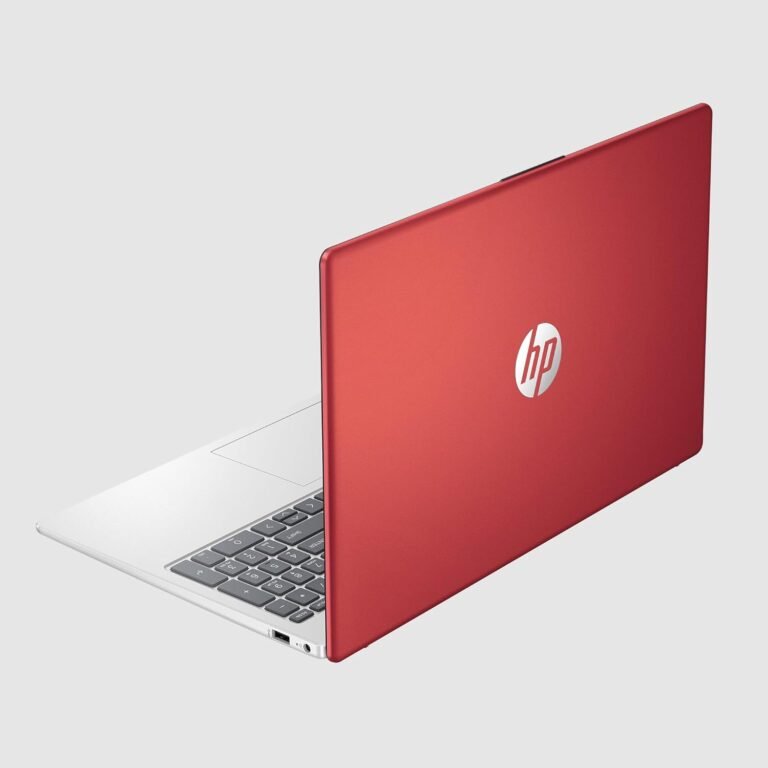
In today’s fast-paced world, juggling work, personal commitments, and creative pursuits can often feel overwhelming. Fortunately, productivity apps have emerged as powerful allies, helping us organize, prioritize, and streamline our daily tasks. Understanding how to effectively use these tools can unlock your full potential and boost efficiency across all areas of life. This guide distills insights from various expert and user perspectives, highlighting top apps, their best features, and practical tips for making productivity tech work for you.
Why Use Productivity Apps?
Human memory and attention have limits; it’s not your brain’s job to remember everything. Productivity apps act as external memory extensions, capturing ideas, tasks, deadlines, and notes so you can focus on doing your work rather than trying to recall what needs to be done. They also help build routines, track time, and reduce mental clutter, which can improve mental health and work quality.
However, it’s important to remember that no app is a magic fix. Productivity depends on habits, mindset, and customizing tools to your unique workflow. The best apps are flexible, intuitive, and designed with real-life demands in mind.
Top Productivity Apps to Try
Based on expert recommendations and wide user adoption, here are several apps that stand out for their features, versatility, and ease of use:
1. Todoist: Streamlined Task Management
Todoist is a powerhouse of to-do list management that uses natural language processing, allowing you to quickly add tasks with due dates, priorities, and labels in one simple text box. It seamlessly syncs across devices and integrates with voice assistants like Siri, making task capture convenient—even on the go.
Why it stands out: Intuitive interface, flexibility, strong free version, and a dedicated inbox to dump quick thoughts.
2. Notion: All-in-One Workspace
Notion is a multifunctional app that blends note-taking, task management, databases, and project planning. It’s highly customizable, capable of handling everything from fluid text documents to complex Kanban boards and spreadsheets.
Best for: Users willing to invest time learning a powerful tool to organize everything from newsletters to team workload and personal projects.
Pro tip: Use templates to jumpstart your setup and reduce the steep learning curve.
3. Clockify & Memtime: Time Tracking Made Easy
Clockify helps you track how long you spend on various tasks and projects—ideal for freelancers or anyone aiming to optimize work hours. Memtime integrates with Clockify, automatically monitoring your calendar and app usage to reduce manual input and improve accuracy.
Key benefit: Data-driven insights into your work habits to identify areas for better time allocation.
4. MileIQ: Simplify Mileage Tracking
For those who drive regularly for work, MileIQ automatically logs your drives and categorizes them as personal or business with simple swipes, generating mileage reports for easy expense claims.
5. Google Keep: Quick Notes and Collaboration
Google Keep offers a light yet effective solution for quick note jotting and idea dumping. Its sharing features allow easy collaboration without overwhelming others with excessive complexity.
6. TickTick: Task Management Plus Habit Tracking
Combining to-do lists with habit tracking and detailed reminders, TickTick caters to users who want a feature-rich yet user-friendly app. Subtasks, repetition controls, and reading streaks make it versatile for both professional and personal productivity.
7. Password Managers (Enpass + Ente Auth)
While not productivity apps in the traditional sense, password and authentication managers like Enpass and Ente Auth streamline access to the many apps and services you use daily, protecting your digital life while saving time.
8. ChatGPT and AI Tools: Your Digital Brainstorm Partner
AI chatbots like ChatGPT help synthesize research, generate content, and provide fresh perspectives during brainstorming, significantly cutting down time spent on mundane or complex tasks.

Tips for Making Productivity Apps Work for You
-
Keep it simple: Overloading yourself with too many apps or features leads to clutter and burnout. Pick one or two that fit your style and stick with them.
-
Focus on integration: Choose apps that sync across your devices and complement each other (e.g., use a time tracker with your task manager).
-
Leverage automation: Use AI, speech-to-text, and calendar integrations to reduce manual input and task entry friction.
-
Customize to your workflow: Adapt templates and settings to suit your unique needs rather than following a one-size-fits-all approach.
-
Allow time for setup: Initial investment in learning and configuring an app will pay off in long-term productivity gains.
-
Mind your habits: Remember that apps are tools, not cures. Productivity habits and routines matter most.
Common Pitfalls to Avoid
-
Chasing the perfect app: No single app can solve all productivity challenges. Focus on consistency with a few tools rather than hopping from one to another.
-
Ignoring your psychology: Productivity isn’t just about tools but also about understanding your working style, focus patterns, and limitations.
-
Overcomplicating workflows: Fancy features are great, but simplicity often breeds longer-lasting habits.
Conclusion
Mastering productivity apps is about more than just downloading the latest tool; it’s about strategically incorporating them into your daily routine to reduce mental load, track and prioritize tasks, and free up time for what truly matters. Whether you start with a simple to-do list in Todoist, dive into the multifunctionality of Notion, or let AI like ChatGPT boost your workflow, the key is to find what fits your habits and needs, then commit to consistent use.
By thoughtfully using productivity apps, you unlock your potential for maximum efficiency, smoother workdays, and a better balance in life. Start small, stay adaptable, and watch your productivity soar.









